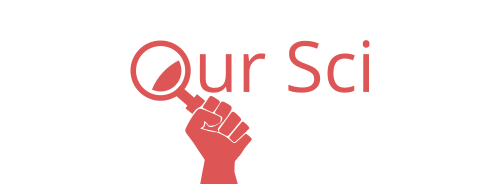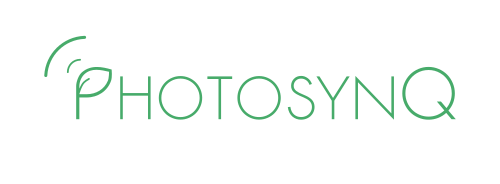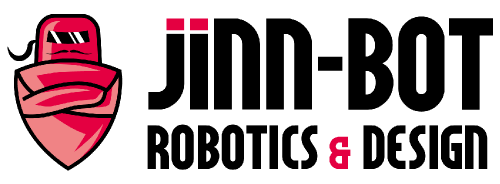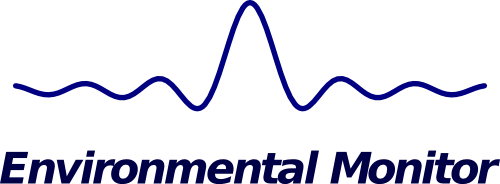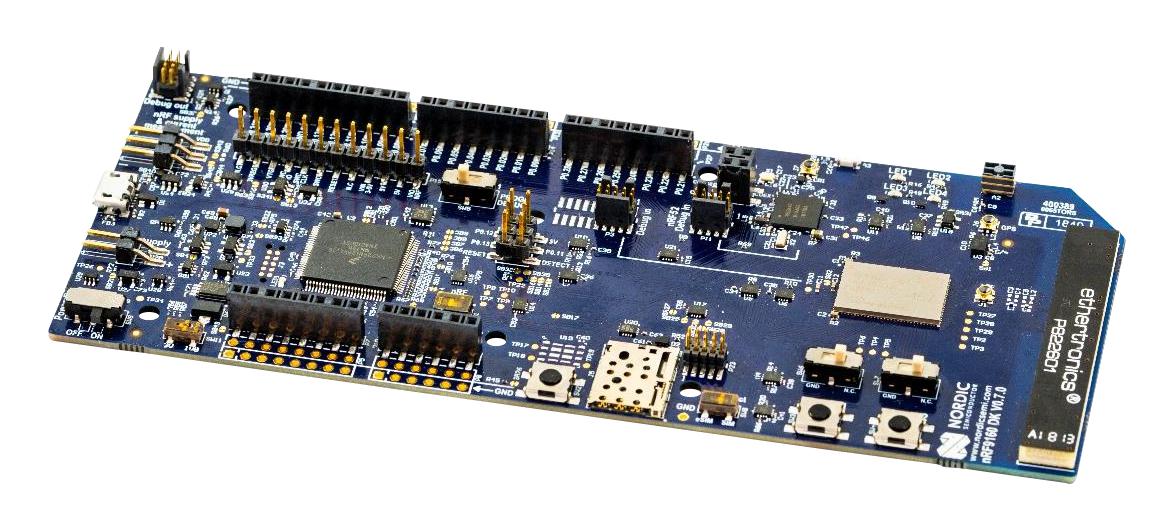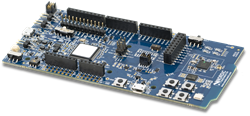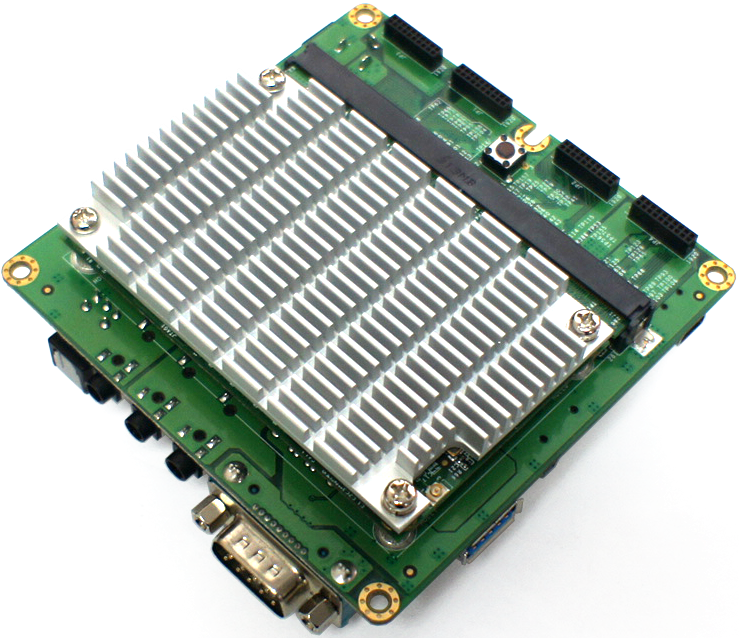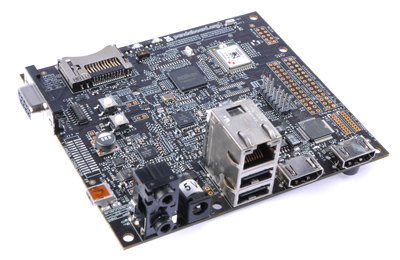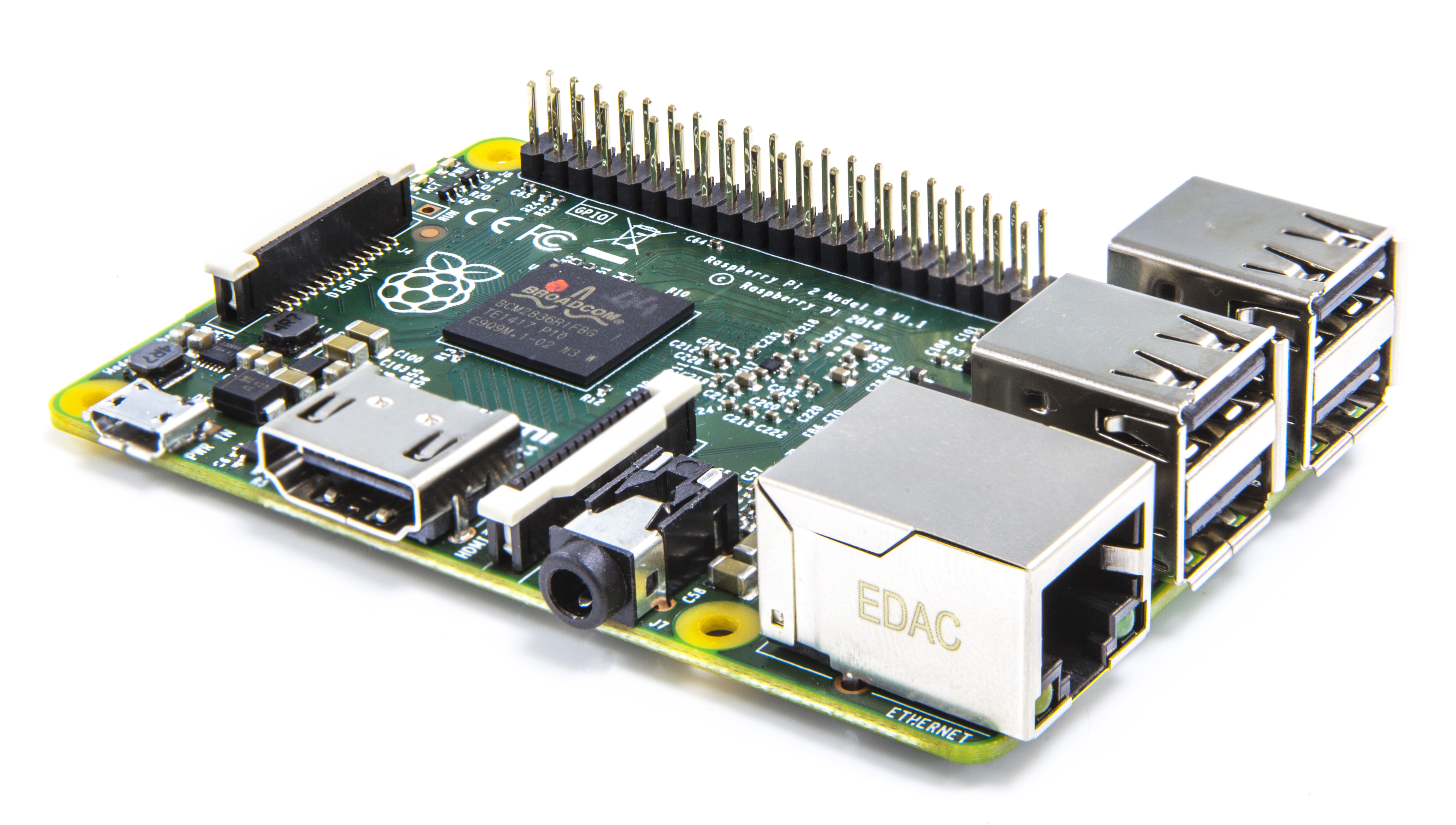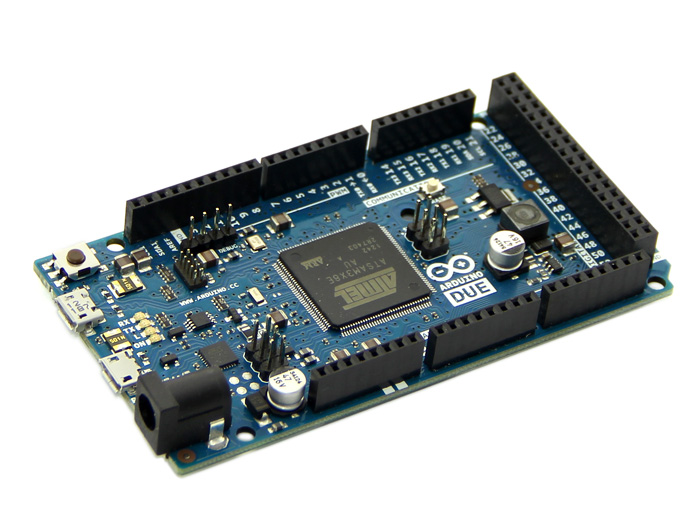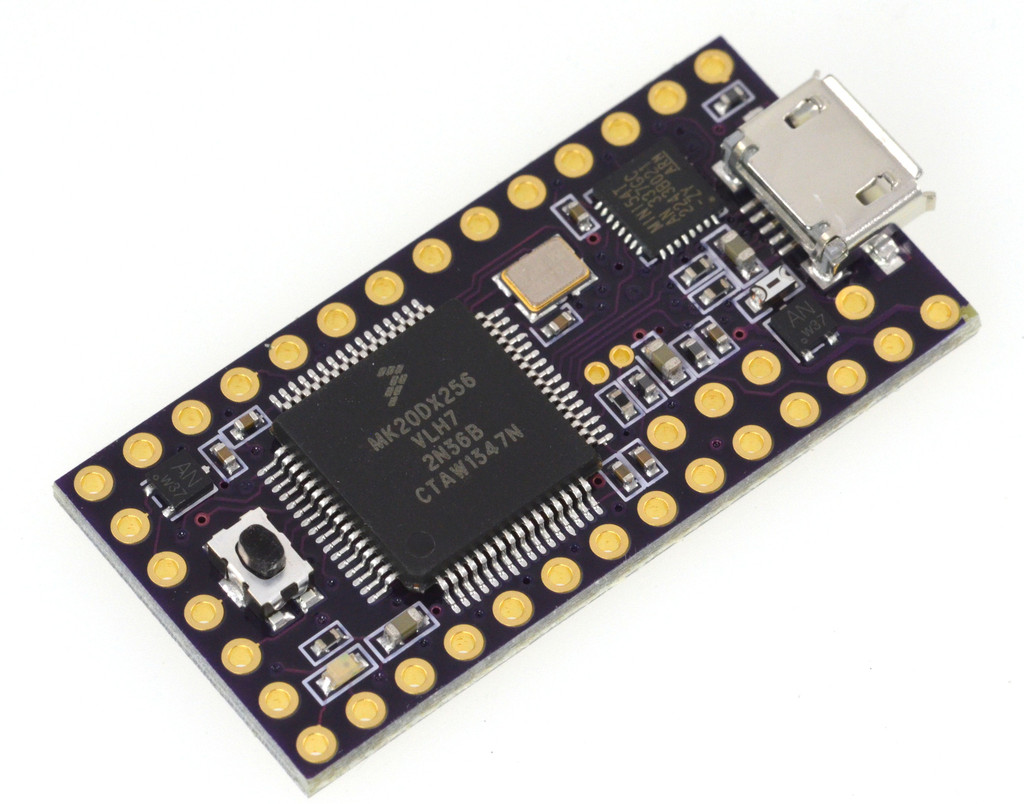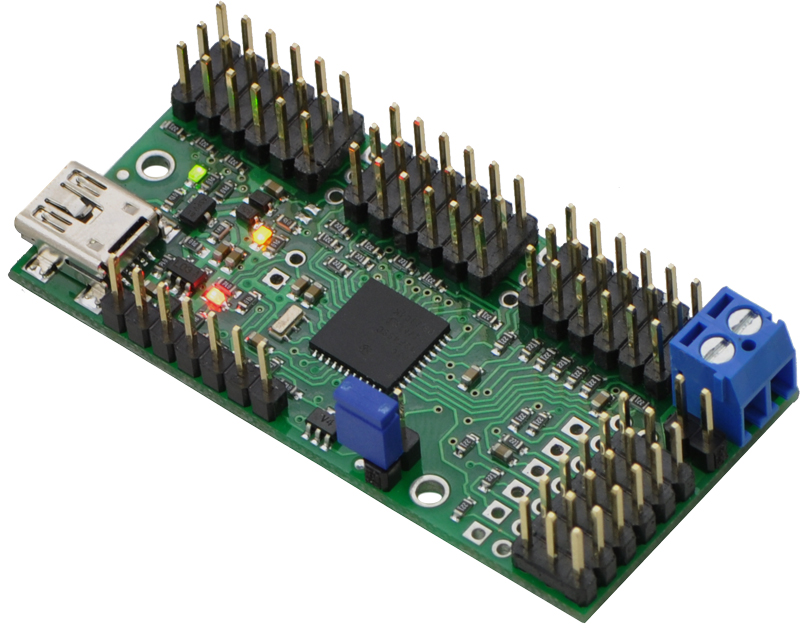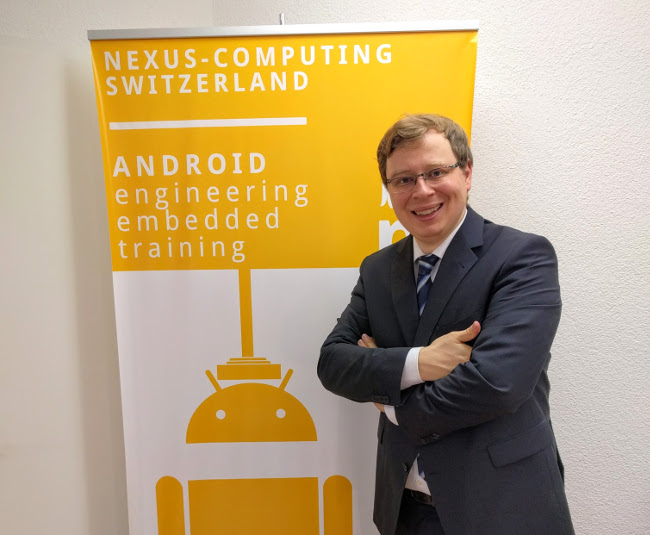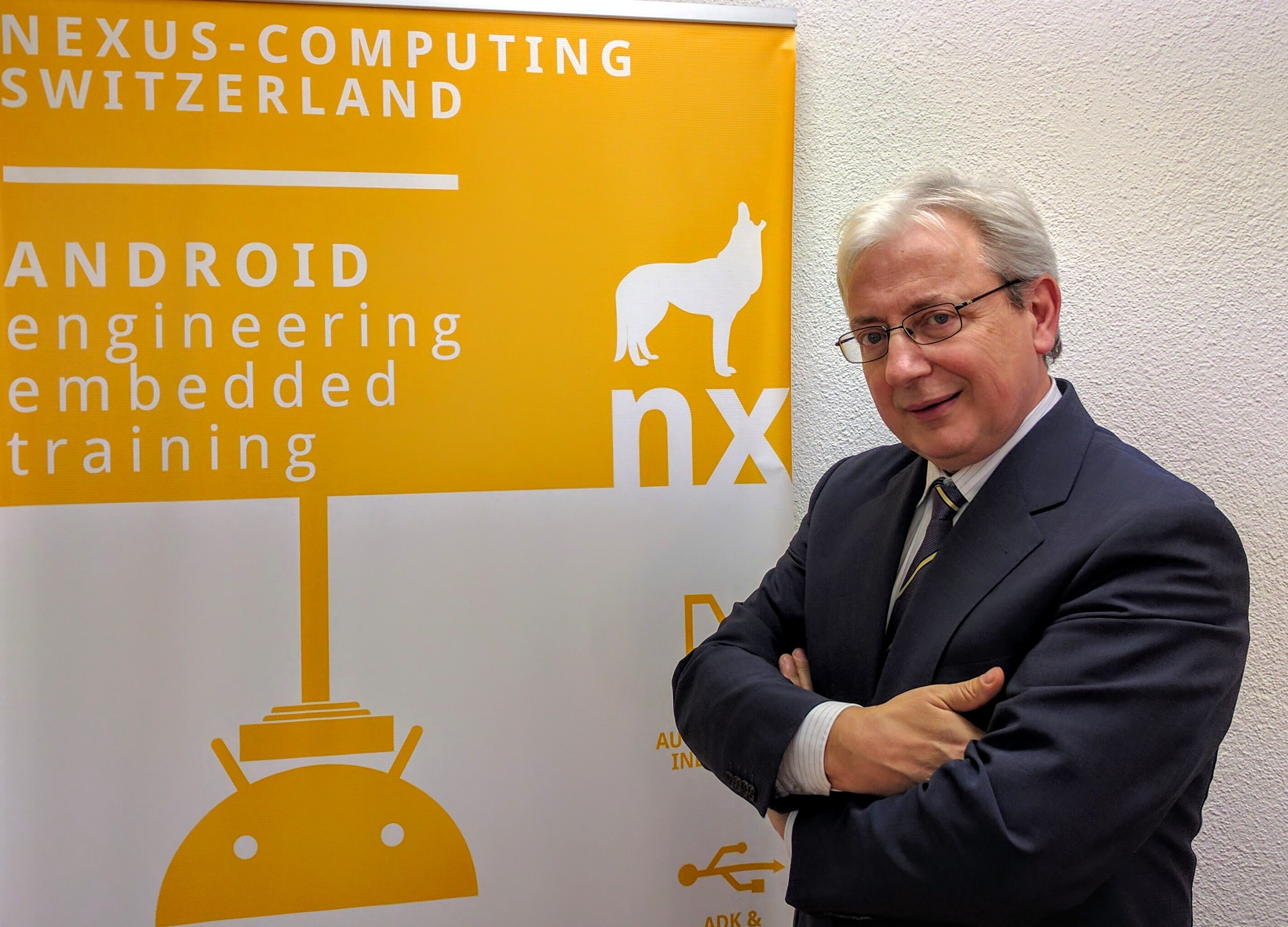Nexus-Computing GmbH
Founded in 2007, Nexus-Computing has been developing solutions for small and medium businesses based on Linux Virtualization with Xen. After 2008, software engineering for web and cloud has emerged as centeral competence of Nexus-Computing's enterprise strategy. With the rise of mobile technology, clients of Nexus-Computing have been supplied with Android software solutions since 2010.
With the momentum of Linux Embedded System Software, Andreas Rudolf and Manuel Di Cerbo have shown how future appliances of Android in the industrial markets are imminent. In 2010, their award-winning thesis "Using Android in Industrial Automation" has not only projected the demand for rich development environments in the embedded industry, but has also shown how the benefits of the newly introduced Android platform can be applied in a concrete project outside the context of mobile phones. Their product "OsciPrime Oscilloscope" shows the capabilities of Android in terms of UI and data acquisition for industrial applications.
Since 2012, additionally to the software engineering and consulting services supplied to their clients, Nexus-Computing has been offering over 15 Android Embedded trainings showing opportunities and best practice solutions of implementing Android in Embedded Systems as well as core differences to conventional Embedded Linux Environments. The focus of the workshops lies on practical experience with AOSP and driver development as well as data processing.
OsciPrime Oscilloscope »
Book: Android and Arduino DUE »
Technical Blog: Embedded Android »




